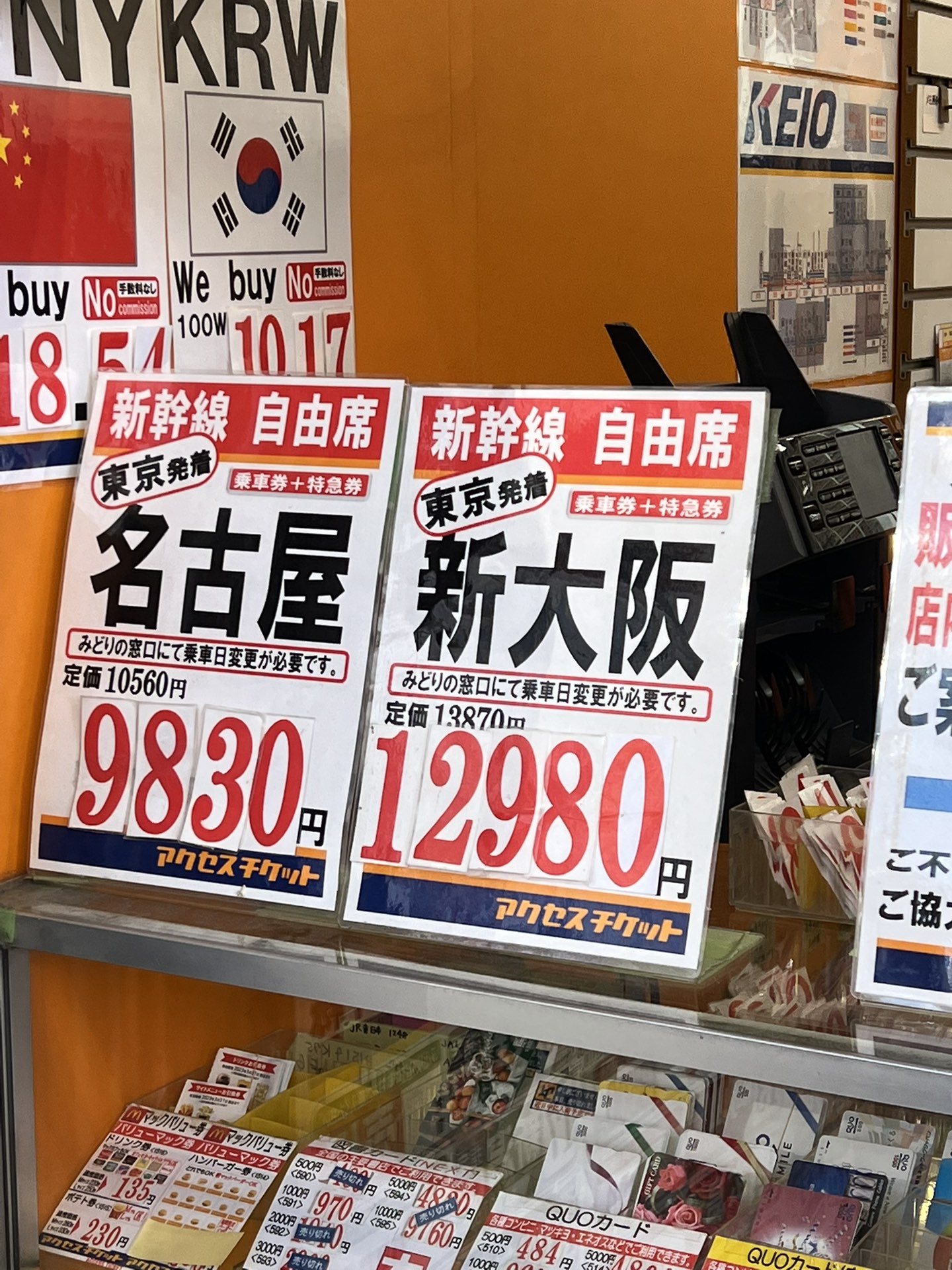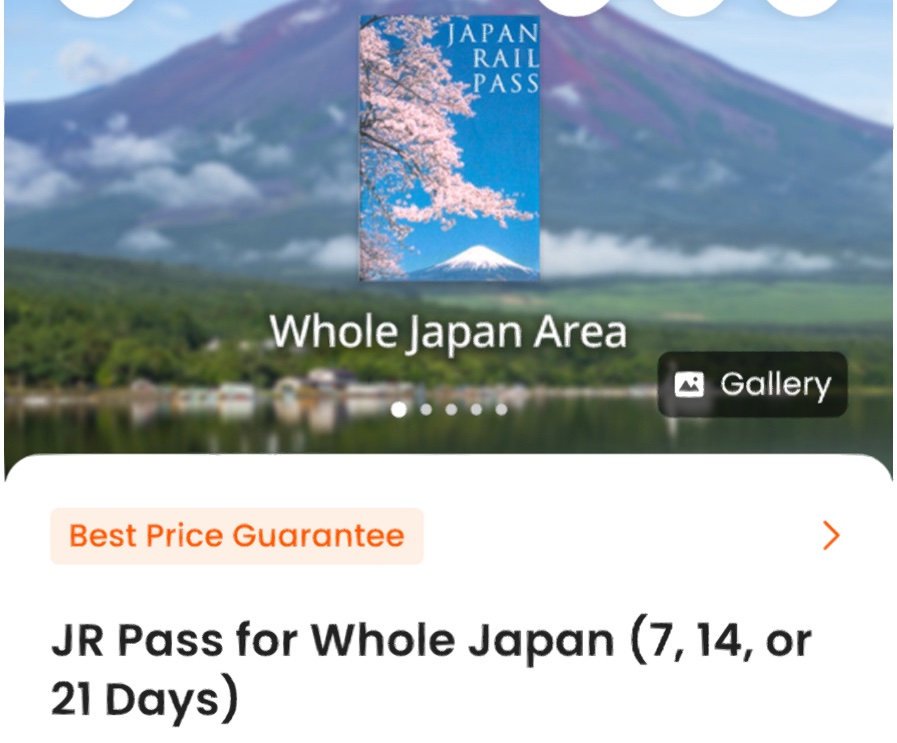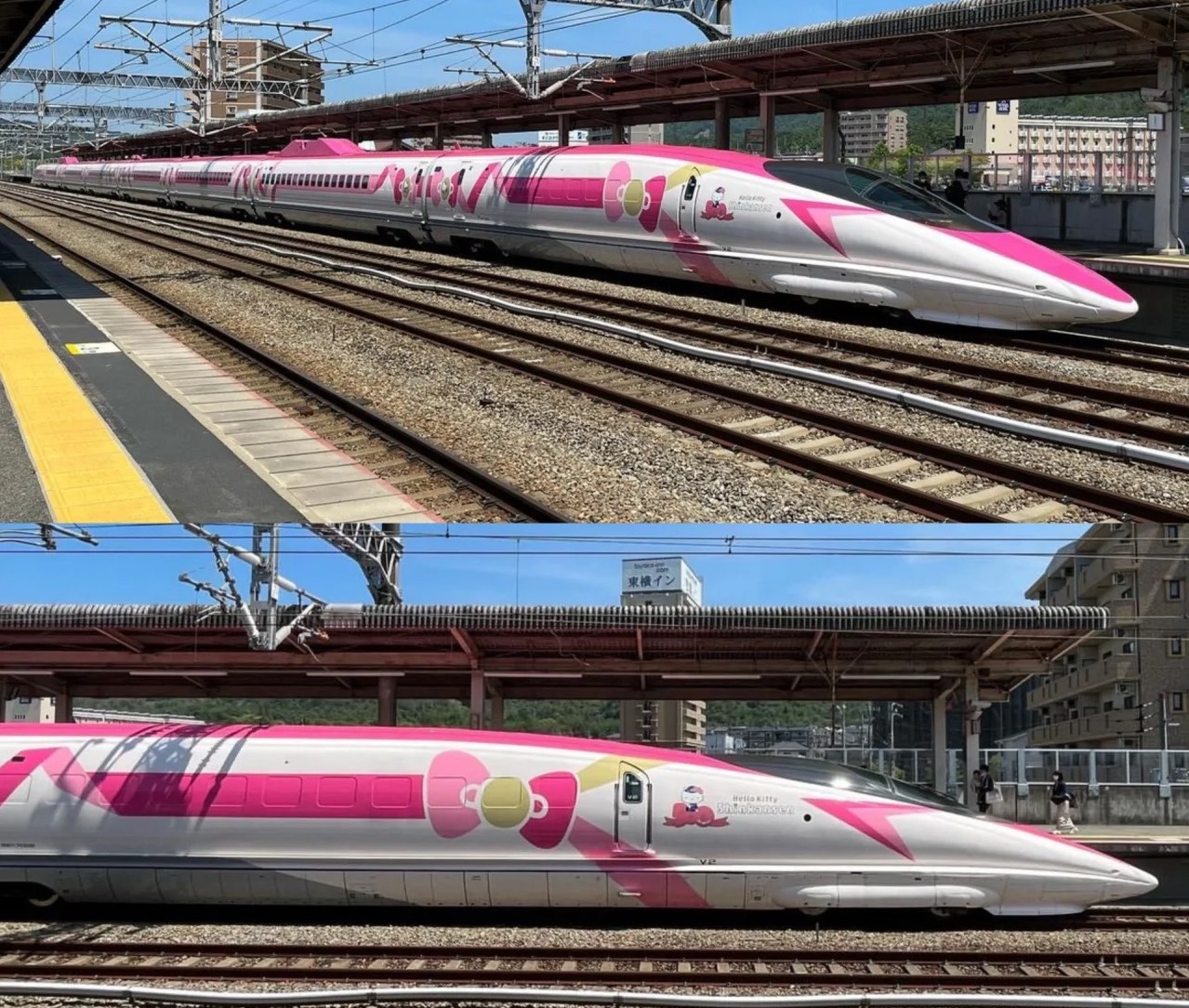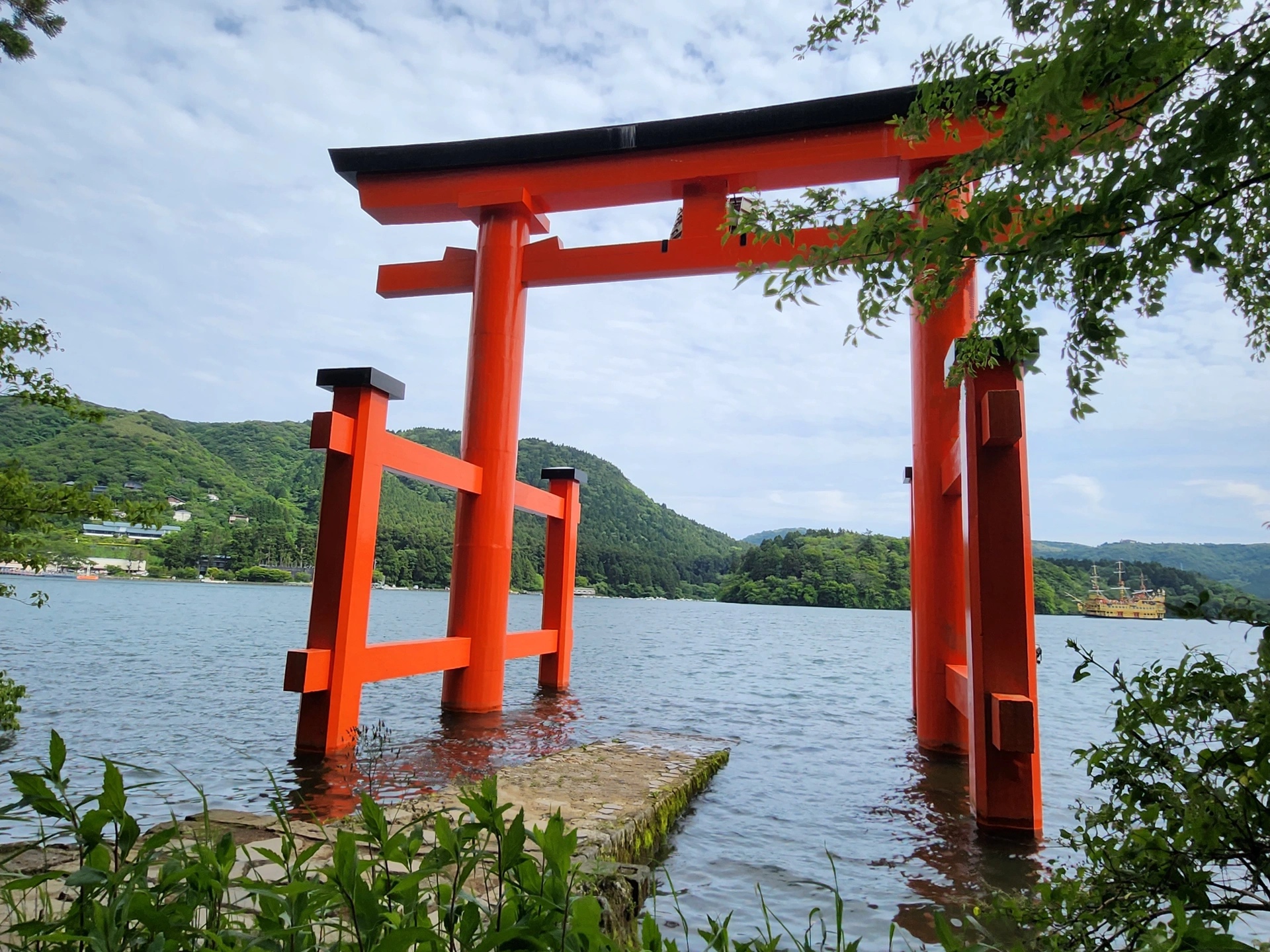“I’ve seen families splurge on JR Passes only to regretfully lose over hundreds of dollars. I can’t comprehend who started this trend, insisting that a JR Pass is a must for independent travelers in Japan. If you ask me whether to buy a JR Pass or not, I have one answer: Don’t buy impulsively!
Let’s break down the cons of a JR Pass:
Overpriced
For 95% of tourists, the total price of individual tickets is cheaper than a JR Pass. Thus, most people are unwittingly donating to the JR company.
To shed light on the cost of Shinkansen (bullet train) in Japan, a trip from Tokyo to Osaka is 14,000 yen (for Nozomi trains), while the cheapest JR Pass is 30,000 yen. Therefore, unless you make the Tokyo-Osaka round trip within seven days (a rarity as most do not backtrack), you’ll hardly break even. And don’t forget, Nozomi trains are not included in the JR Pass (and 80% of Shinkansen are Nozomi)!
If your itinerary doesn’t even span the distance from Tokyo to Osaka, you definitely don’t need a JR Pass. Typical itineraries that don’t require a JR Pass include:
1. Tokyo and nearby sights like Mt. Fuji
2. Osaka-Kyoto-Nara
3. Tokyo to Osaka one-way (including Kansai region such as Nara and Kyoto).
I’d also like to mention that most passes in Japan have minimal discounts and strict usage limitations. I advise tourists to be cautious. The Japanese public transportation system is complex enough; don’t add to your struggles by tying yourself to a certain type of pass unless you’re absolutely certain it’s worth it. Most Japanese people rarely buy passes, opting to save money by purchasing cheaper train tickets from discount shops. For example, you can find Nozomi Shinkansen tickets from Tokyo to Osaka for less than 13,000 yen in these shops, which certainly beats the JR Pass.
Limits Travel Flexibility
Japan’s railway system is intricate, with both public (JR) and private rail lines (like Hanshin in Kansai or Keio in Kanto). JR Pass only covers JR and Shinkansen, not subways or private railways. Most places have multiple transit options; JR is not always the best choice. There are also some places that JR doesn’t reach, like Kawaguchiko.
Purchasing and Redeeming is Tedious and Restrictive
JR Pass costs 30,000 yen outside Japan and 34,000 yen within Japan. The former is already hard to break even with, let alone the latter. You have to buy an exchange voucher in advance, wait for it to be mailed, and finally exchange the paper voucher for the actual pass once you’re in Japan. This process is time-consuming and often involves long queues at the airport. Moreover, JR Pass doesn’t include Nozomi trains, which make up 80% of Shinkansen services. JR Pass holders are limited to slower trains with fewer route options.
In conclusion, unless you’ve meticulously planned your itinerary, refrain from buying the JR Pass impulsively!”






Use the share button below if you liked it.
It makes me smile, when I see it.